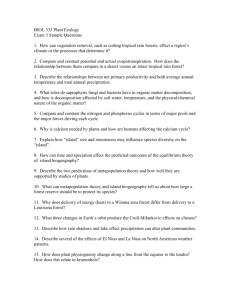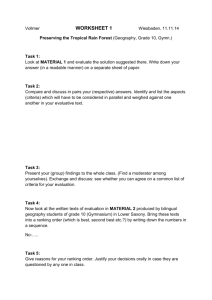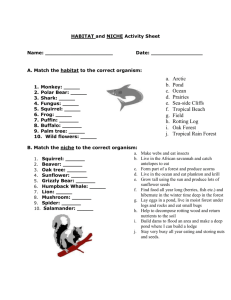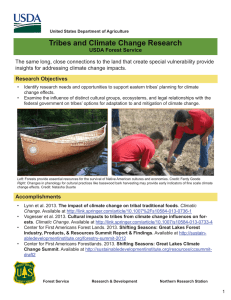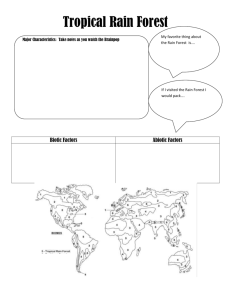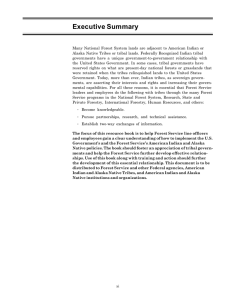“The Tropical Rain Forest
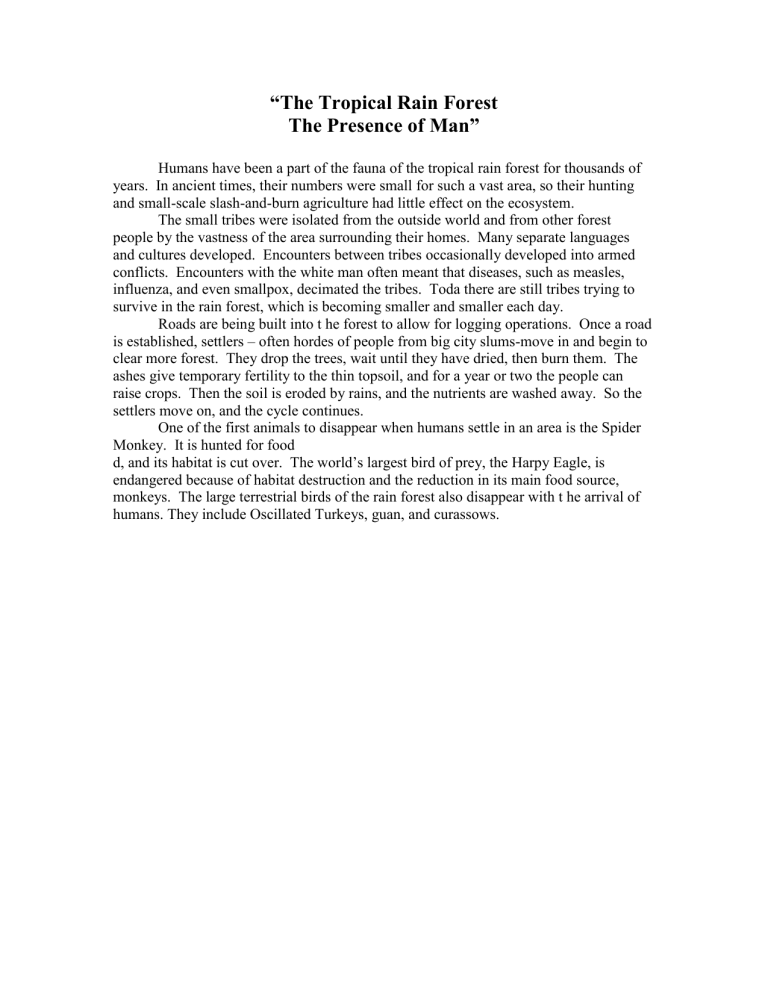
“The Tropical Rain Forest
The Presence of Man”
Humans have been a part of the fauna of the tropical rain forest for thousands of years. In ancient times, their numbers were small for such a vast area, so their hunting and small-scale slash-and-burn agriculture had little effect on the ecosystem.
The small tribes were isolated from the outside world and from other forest people by the vastness of the area surrounding their homes. Many separate languages and cultures developed. Encounters between tribes occasionally developed into armed conflicts. Encounters with the white man often meant that diseases, such as measles, influenza, and even smallpox, decimated the tribes. Toda there are still tribes trying to survive in the rain forest, which is becoming smaller and smaller each day.
Roads are being built into t he forest to allow for logging operations. Once a road is established, settlers – often hordes of people from big city slums-move in and begin to clear more forest. They drop the trees, wait until they have dried, then burn them. The ashes give temporary fertility to the thin topsoil, and for a year or two the people can raise crops. Then the soil is eroded by rains, and the nutrients are washed away. So the settlers move on, and the cycle continues.
One of the first animals to disappear when humans settle in an area is the Spider
Monkey. It is hunted for food d, and its habitat is cut over. The world’s largest bird of prey, the Harpy Eagle, is endangered because of habitat destruction and the reduction in its main food source, monkeys. The large terrestrial birds of the rain forest also disappear with t he arrival of humans. They include Oscillated Turkeys, guan, and curassows.

